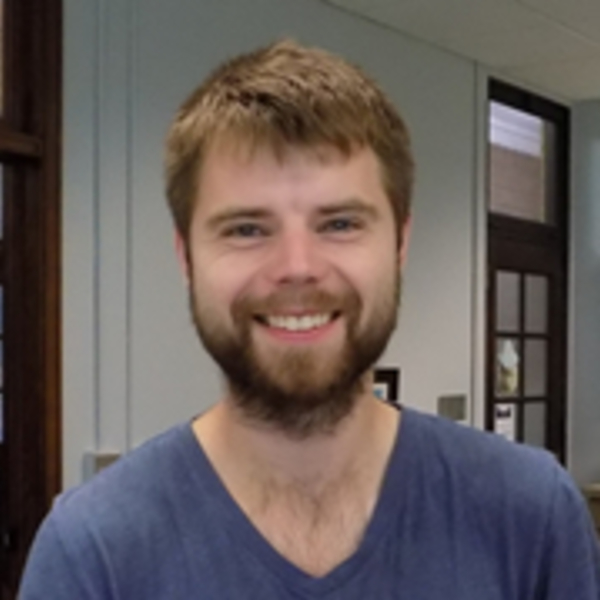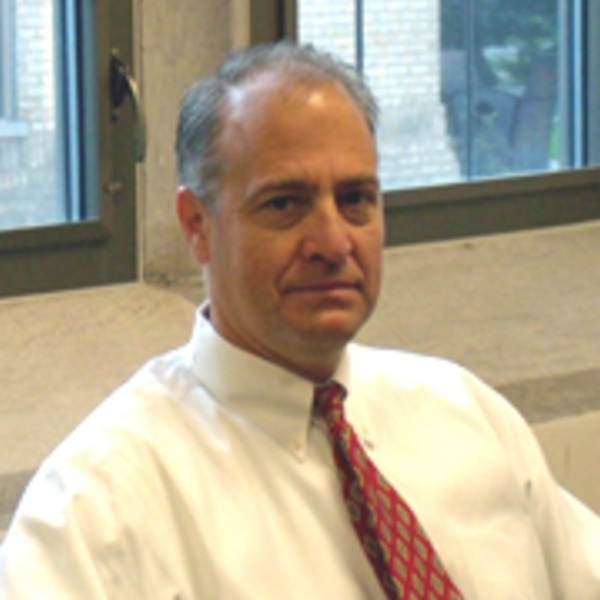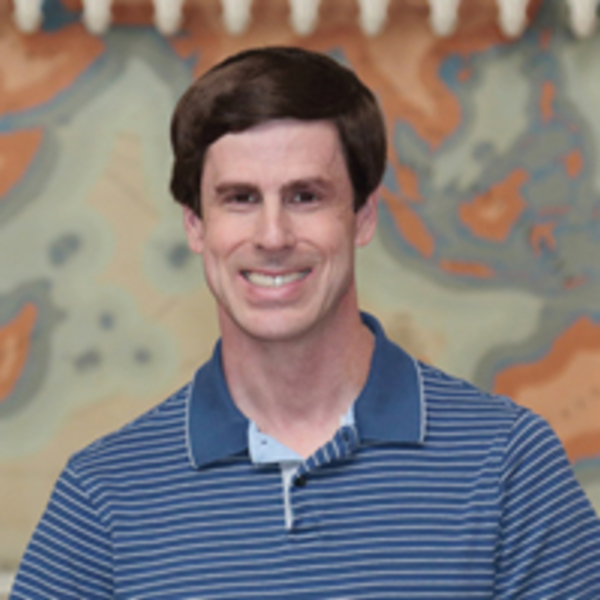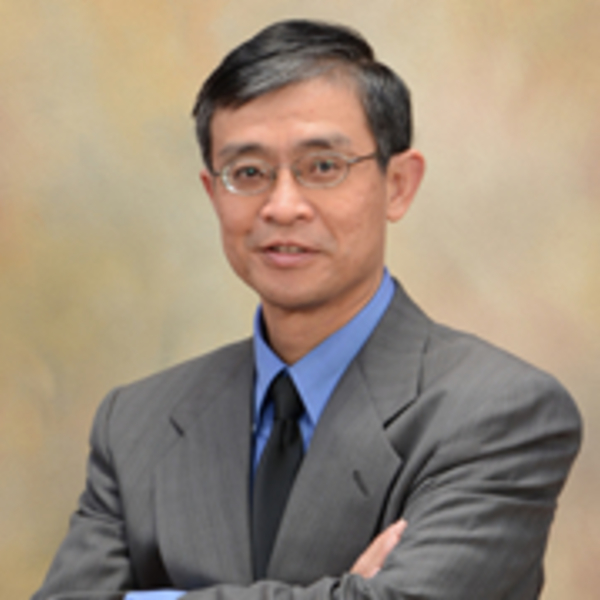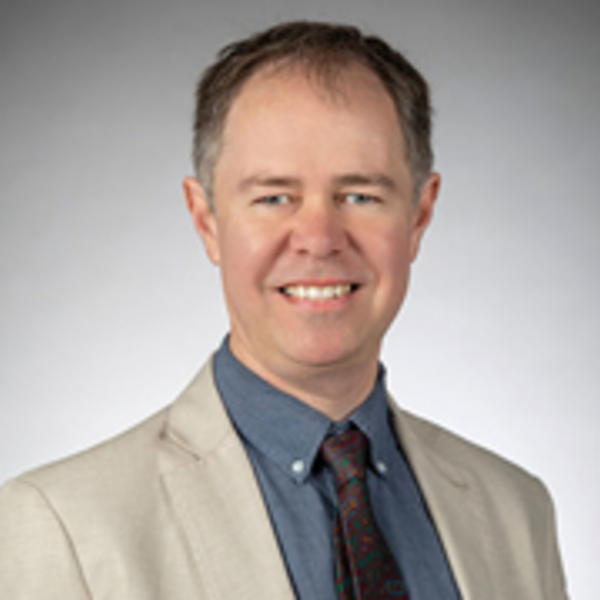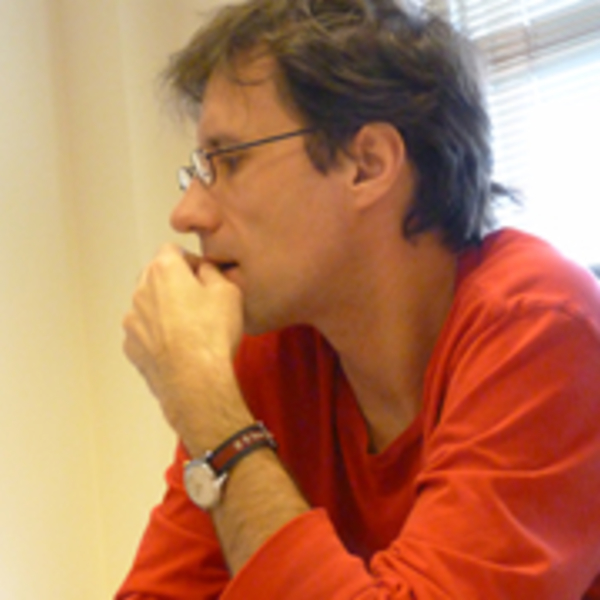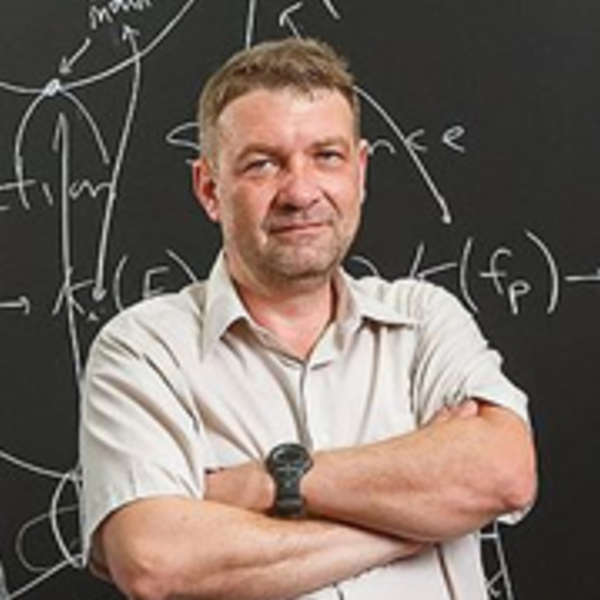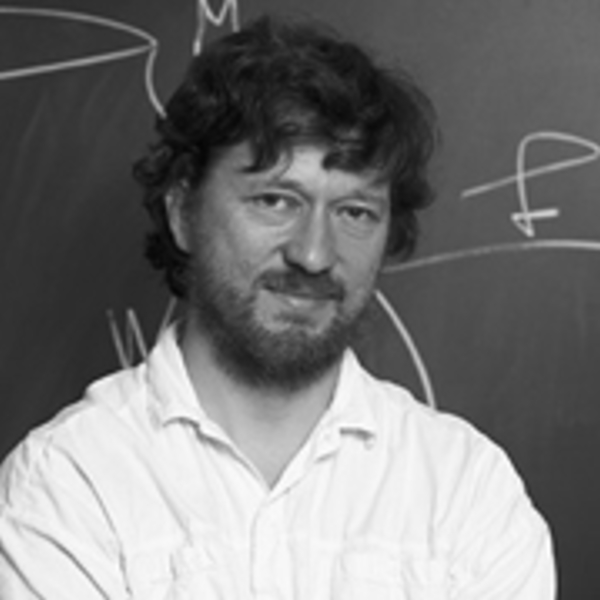Differential Geometry
Graduate Study in Differential Geometry at Notre Dame
The striking feature of modern Differential Geometry is its breadth, which touches so much of mathematics and theoretical physics, and the wide array of techniques it uses from areas as diverse as ordinary and partial differential equations, complex and harmonic analysis, operator theory, topology, ergodic theory, Lie groups, non-linear analysis and dynamical systems. Research at Notre Dame covers the following areas at the forefront of current work in geometric analysis and its applications.
1. Geodesics, minimal surfaces and constant mean curvature surfaces.
The global structure of a space may be investigated by the extensive use of geodesics, minimal surfaces and surfaces of constant mean curvature; such surfaces are themselves of physical interest (membranes, soap films and soap bubbles). An important problem in the area is the determination of conditions on a compact Riemannian space which ensure the existence of infinitely many geometrically distinct closed geodesics. We have proved this for compact Riemannian spaces with positively pinched curvature and in another direction established that if two compact surfaces of negative curvature and finite area have the same length data for marked closed geodesics then the two surfaces must be isometric. Our research on minimal surfaces has produced a series of outstanding results on what have long been recognized as crucial problems for the theory. These include the first breakthrough to finiteness in the extension of the classical Bernstein Theorem, the recent proof of the uniqueness of the helicoid as the only non-flat complete embedded simply-connected minimal surface in 3-space, and the first solution of the free boundary problem for polyhedral surfaces, the prototype for Jost’s Theorem. Our far-reaching generalization of the classical work of Delaunay classified all complete constant mean curvature surfaces admitting a one-parameter group of isometries; the new infinite families of such surfaces generated by this work are currently of interest in other areas of surface theory.
2. Classical surface theory.
Classical surface theory is the study of isometric immersions of surfaces into Euclidean 3-space. In this study the umbilic points have a special significance (both topologically and geometrically) and the Caratheodory conjecture of eighty years standing is one of the most resistant of problems in this area. Beginning with a generic geometric solution to this conjecture and the establishing of a remarkable connection with the theory of compressible plane fluid flow, we have made profound contributions to our understanding of this phenomenon, so that these purely mathematical results are now being applied to the solution of fundamental problems in the theory of relativity. Our work is an integral part of Rozoy’s celebrated solution of the Lichnerowicz Conjecture that a static stellar model of a (topological) ball of perfect fluid in an otherwise vacuous universe must be spherically symmetric; this includes, as a special case, Israel’s theorem that static vacuum black-hole solutions of Einstein’s equations are spherically symmetric, i.e., Schwarzschild solutions.
3. Complex geometry and analysis on non-compact manifolds.
Our work in complex geometry includes the affirmative solution of the Bochner Conjecture on the Euler number of ample Kaehler manifolds, a solution of Bloch’s Conjecture (on the degeneracy of holomorphic curves in subvarieties of abelian varieties) and the classification of complex surfaces of positive bi-sectional curvature. Our current research on this area focuses on complex manifolds with non-positive curvature, exhibiting various manifestations of hyperbolicity and parabolicity. Much of the progress in Riemannian geometry that took place over the last decades has been made via the use of deep analytic techniques on non-compact manifolds. The central object of study is the Laplace operator, acting on functions and on differential forms. Our work on the spectral theory of the Laplacian uses techniques from quantum mechanical scattering theory. A recent example has been one proof that the Laplacian of the 4-dimensional hyperbolic space is rigid, in the Hilbert space sense. Probabilistic methods, coming from the theory of Brownian motion, have also been used with success in our discovery of a new family of Liouville manifolds having a positive lower bound for the Laplacian spectrum; these manifolds provided counter-examples to a conjecture of Schoen and Yau on Liouville manifolds. Another recent accomplishment in the study of Laplace operators has been a vanishing theorem for $ L^2$ co-homology and its applications, via index theory, to the Euler number of non-positively curved compact Kaehler manifolds.
4. Geometric analysis via Gromov’s methods.
Over the last thirty years Gromov has made important contributions to diverse areas of mathematics and pioneered new directions in mathematics such as filling Riemannian geometry, almost flat manifolds, word-hyperbolic groups, Carnot geometry and applications to the rigidity of symmetric spaces, to name but a few. Our work on geometric analysis via Gromov’s approaches includes an affirmative solution to Gromov’s minimal volume gap conjecture for compact manifolds of non-positive curvature, isoperimetric inequalities on singular spaces of non-positive curvature and the study of harmonic functions on non-compact spaces with Gromov’s hyperbolicity.
5. Spaces of positive scalar curvature.
In the past ten years it has been observed that there are profound connections between the existence of metrics with positive scalar curvature on a given compact space and the topological structure of the space. An outstanding problem in this area is the existence of metrics of positive scalar curvature on compact spin manifolds. Gromov-Lawson conjectured that any compact simply-connected spin manifold with vanishing $\hat A$ genus must admit a metric of positive scalar curvature. The expert in this area at Notre Dame successfully solved this important problem by a detailed study of positive scalar curvature metrics on quaternionic fibrations over compact manifolds. In addition, our researchers have been interested in the study of metrics of positive scalar curvature on certain compact manifolds such as exotic spheres. It has also been found that the topological K-theory is closely related to the study of manifolds with non-positive sectional curvature.
Regular Faculty
Visiting and Postdoctoral Faculty
-

-
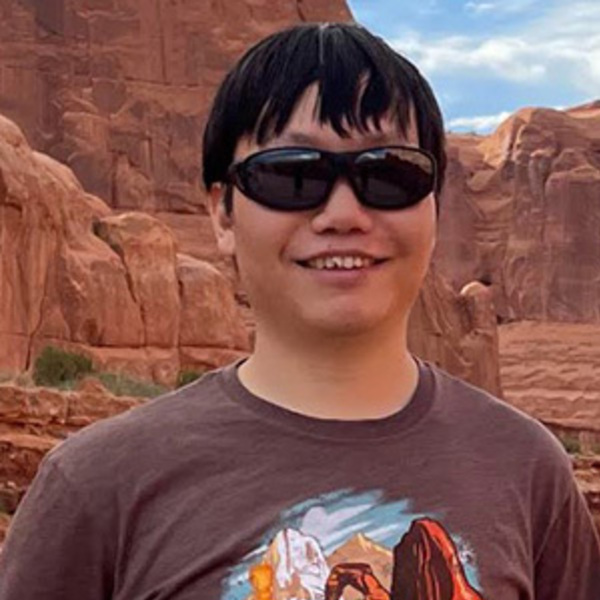
Kenna Visiting Assistant Professor
Differential geometry, partial differential equations, general relativity, geometric measure theory, and geometric flows.
Emeriti Faculty
-

-

-
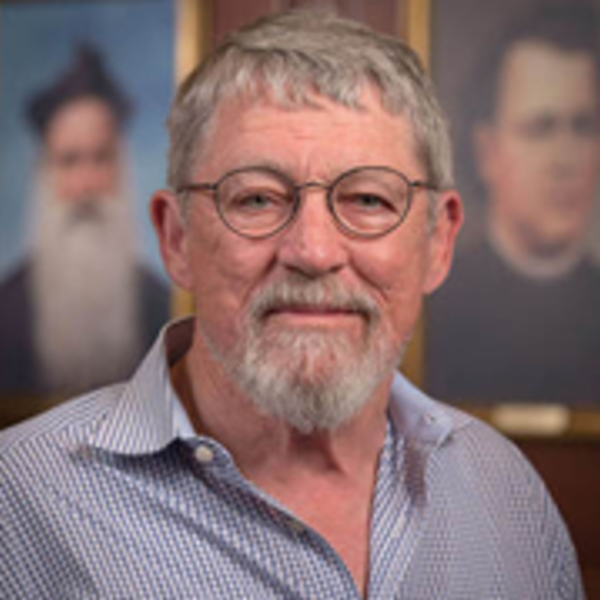
-
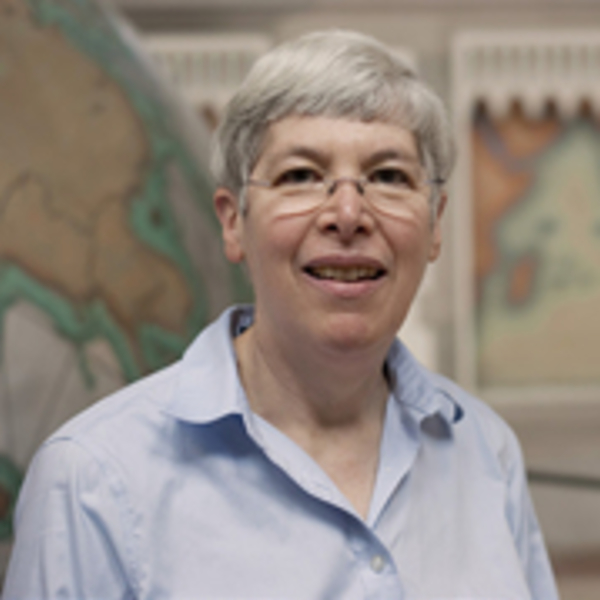
Emerita - Full
Complex Geometry, Several Complex Variables and Partial Differential Equations
-
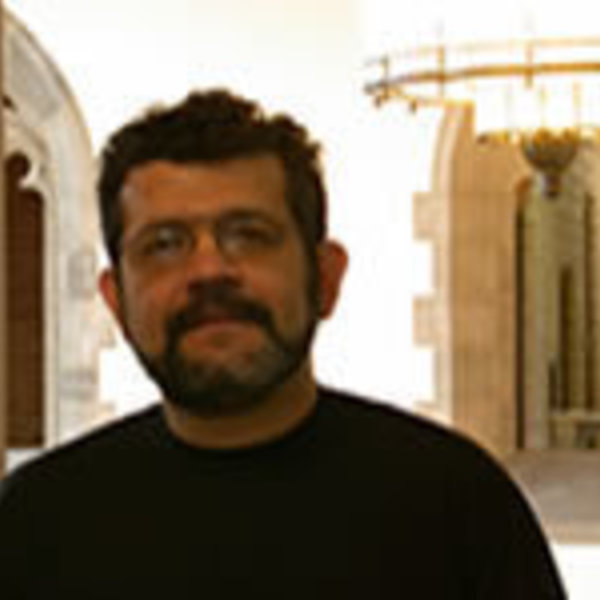
Adjunct Faculty
-
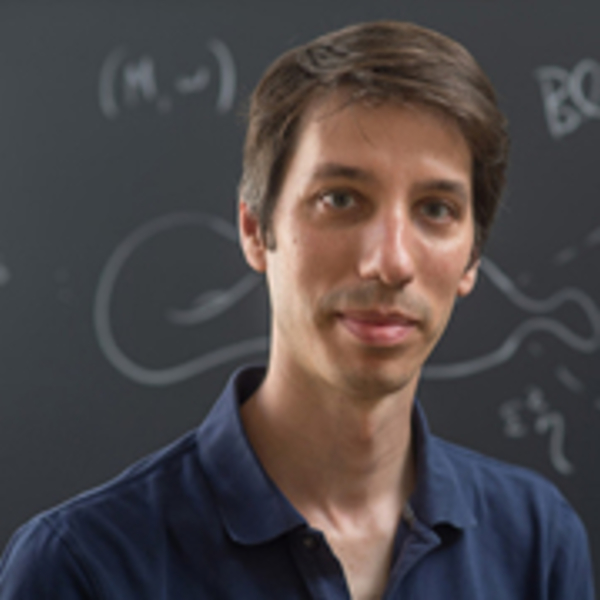
Department of Mathematics, Northwestern University
Complex and Partial Differential Geometry
Graduate Students
-

Karim Boustany
Lagrangians in symplectic 4-manifolds
-
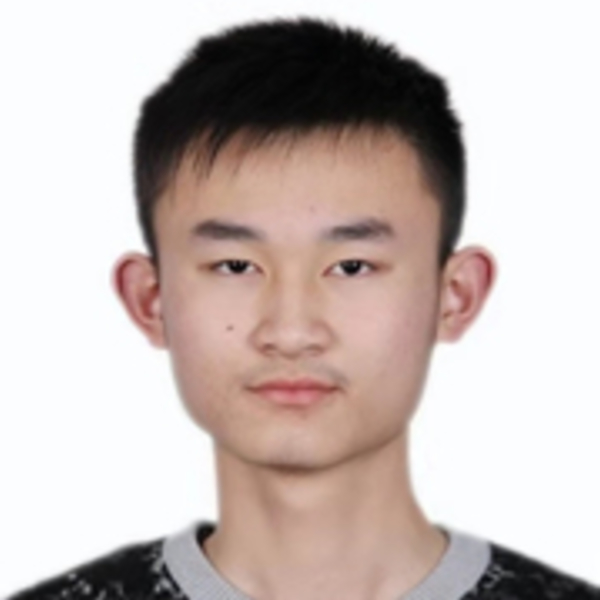
Jinxuan Chen
Differential Geometry
-
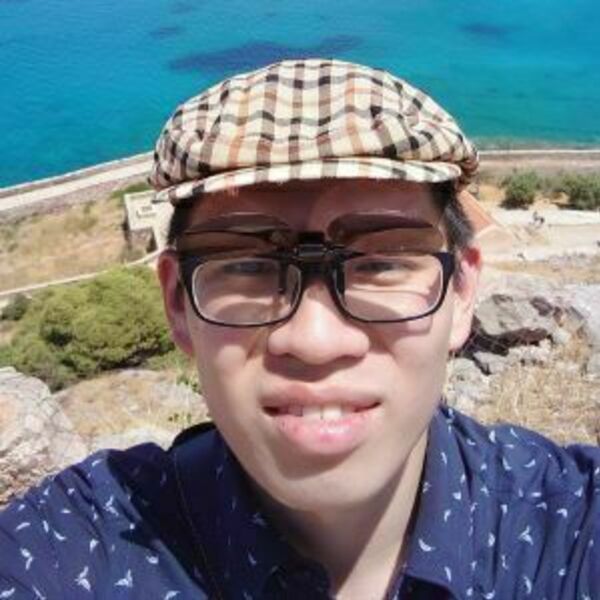
Chen-Kuan Lee
Differential Geometry
-

Joshua Lehman
Differential Geometry
-
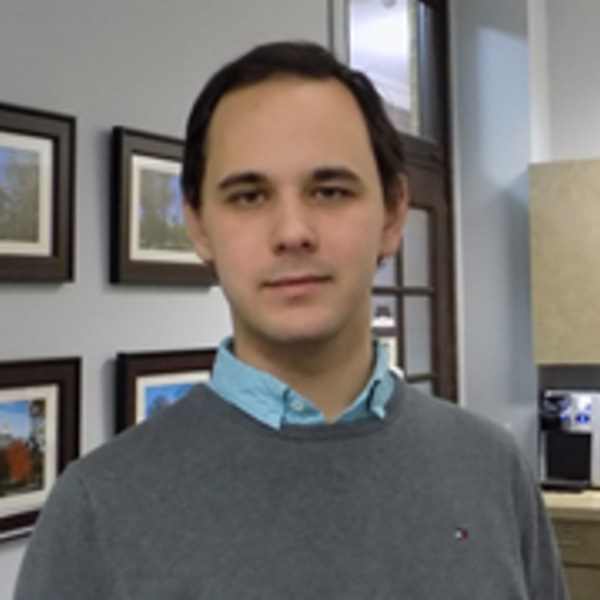
Ilya Marchenko
PDEs / Differential Geometry
-
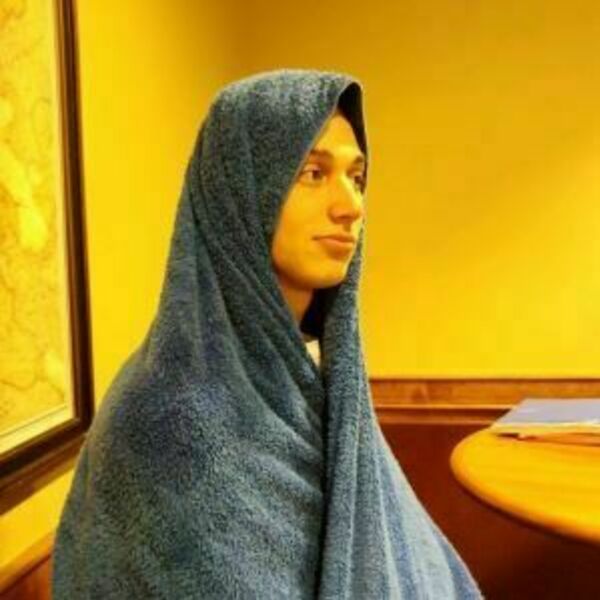
Jason Mitrovich
Affiliate Faculty
-
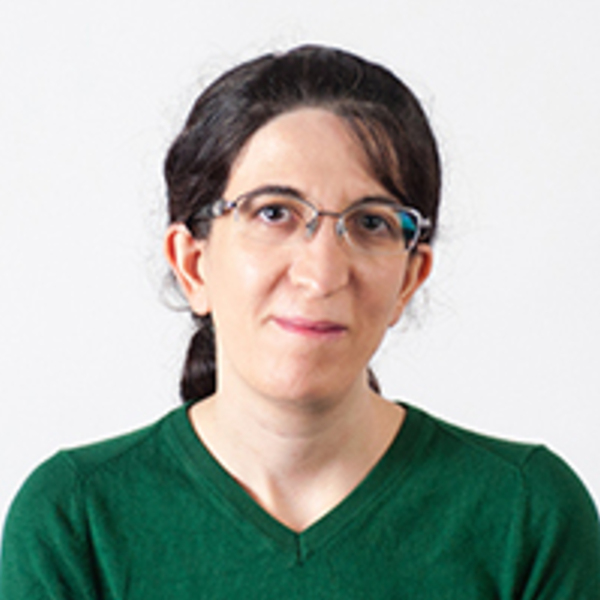
-
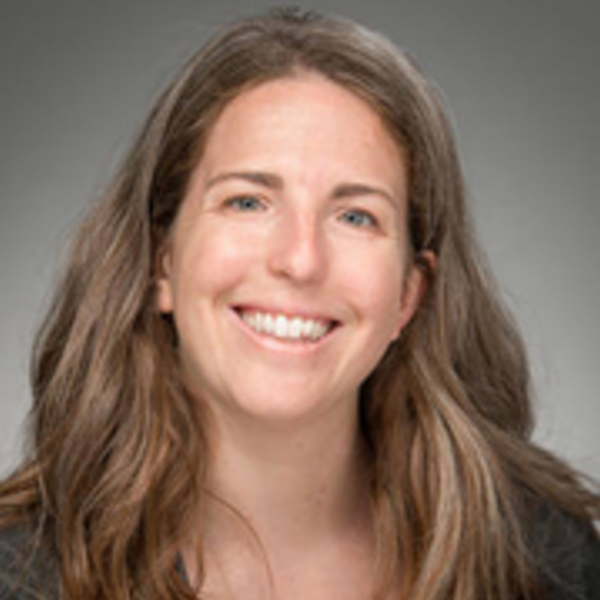
-
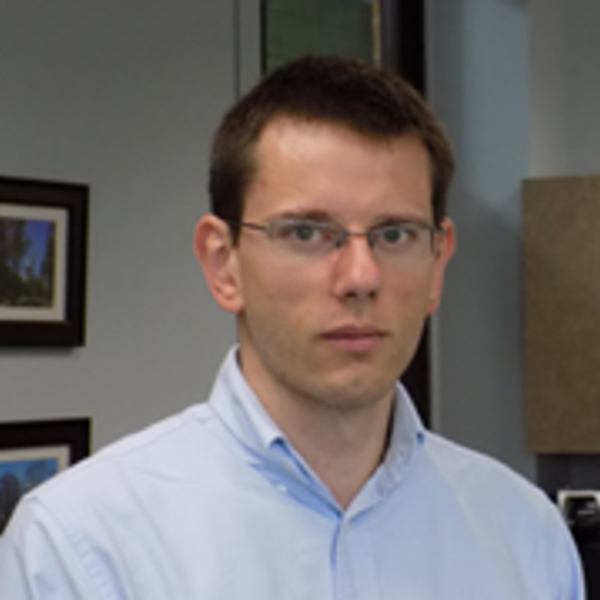
Affiliate
-

-
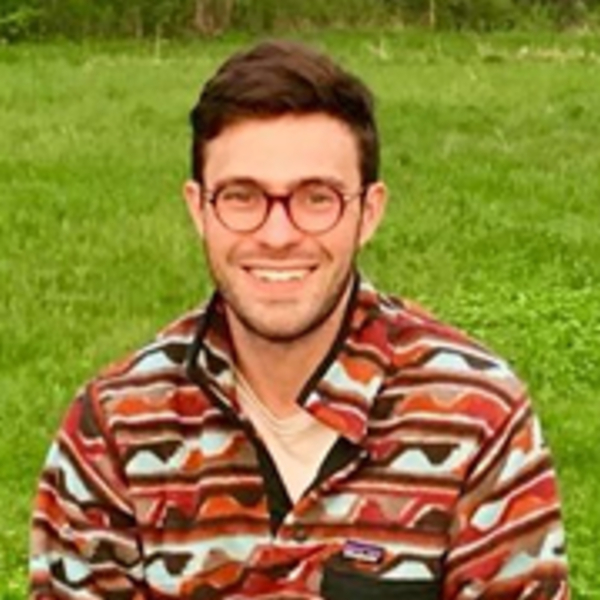
Affiliate Professor
Functorial field theories and factorization algebras, topology
-
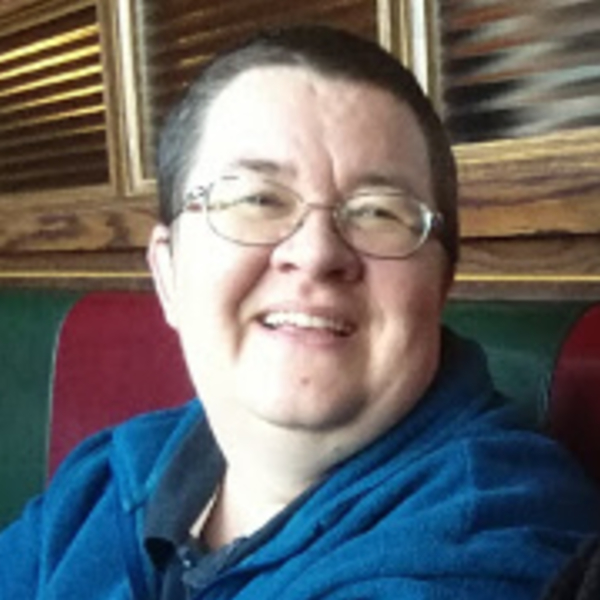
Affiliate Professor
-
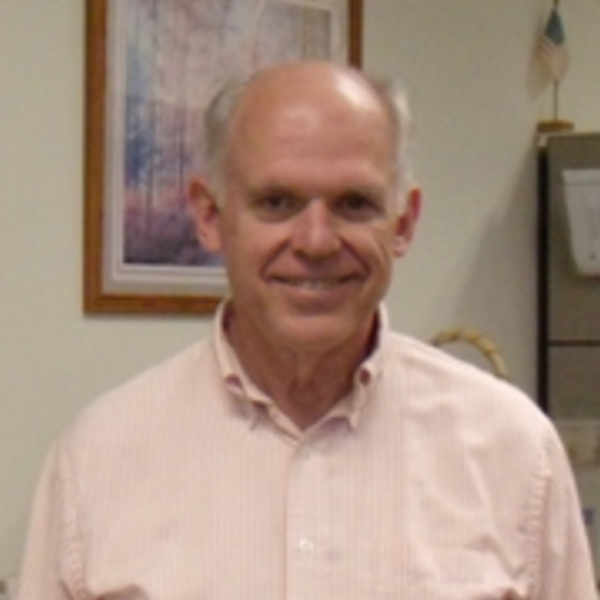
Affiliate Professor
